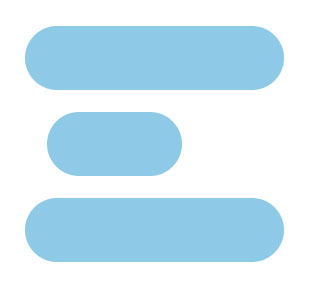I love learning; so much so that I often daydream in class. The most inane comments from a teacher can spark questions in my mind, tempting me to play with them instead of listening to the teacher. Maybe I should share them with the teacher sometimes, but I like thinking through them on my own.
Similarly, I love WebQuests… in principle. I’m always reading articles outside of class anyways, immersing myself in good writing and feeling the passion of someone’s story. The internet is a valuable learning tool, so why shouldn’t we practice with it in a classroom?
And this is precisely why WebQuests were created. In 1995, the year WebQuests were created, 14% of Americans had the internet, an additional 21% had a vague understanding of it, and 42% had never heard of it. In this infancy stage of the internet, all educators cared about was introducing students to it.
Since then the internet has evolved while remaining a powerful tool; it’s a shame that WebQuests have not. As a 19 year old I’ve grown up with basic web surfing skills. I can google basic questions like “what gym exercises stimulate one’s biceps.” What I’ve struggled with is gaining a deep understanding of an entire discipline. Learning proper workout programming, for example, requires many narrower google searches such as, “how to correctly perform exercise X,” “what is a supinated grip position,” and “what are the advantages and disadvantages of a supinated position versus a pronated position.”
Search by search, if I know what information to look for and what questions to ask, I can reach a deeper, more comprehensive understanding of a subject, but it takes a certain skill and confidence to get from step one to step three. Learning anything seems like a fairly simple task with the advent of the internet, but it’s much more difficult than it seems. True, all the information is out there, but it’s buried under low-effort, SEO-optimized BuzzFeed articles.
Learning through the internet is an important skill. In the real world, students won’t have access to teachers giving hour-long lectures. Instead, they’ll learn in smaller chunks and on a case-by-case basis using technology like the internet. This is the basis for a concept called microlearning, and it’s a trendy style of learning in the workforce as well. In my own experience, I’ve learned a lot about coding by starting projects and solving problems as they came up through articles or YouTube videos. This is how most people who learn to code learn; but it’s not how most people who learn tend to learn. The biggest thing I’ve noticed holding my peers back from learning to code is that they don’t have the confidence to learn through microlearning because most of their experience learning is from school in a macrolearning format. If we want to prepare students for the real world, shouldn’t we prepare them in a real-world way?
I think most of schooling can remain the same. After all, microlearning in the workforce and the real world usually builds off an existing knowledge base. But when we do use internet resources in a classroom, they should be more purposeful. They shouldn’t be standalone assignments to give a quick background on a subject. They should be seamlessly integrated into a curriculum so that students can connect the narrow topics they learn about online with an existing knowledge base to form a deeper understanding of a subject.
There is a certain level of faith required in learning. When it isn’t working, it’s frustrating, but when it works, it’s magical. Everybody should feel it at least once on the internet. Find that one blog post, that one content creator, or that one peer-reviewed study that makes everything make sense. We need to Pavlov the next generation into becoming comfortable learning on the internet.
Rough graphic based on my experience learning exercise science online:

